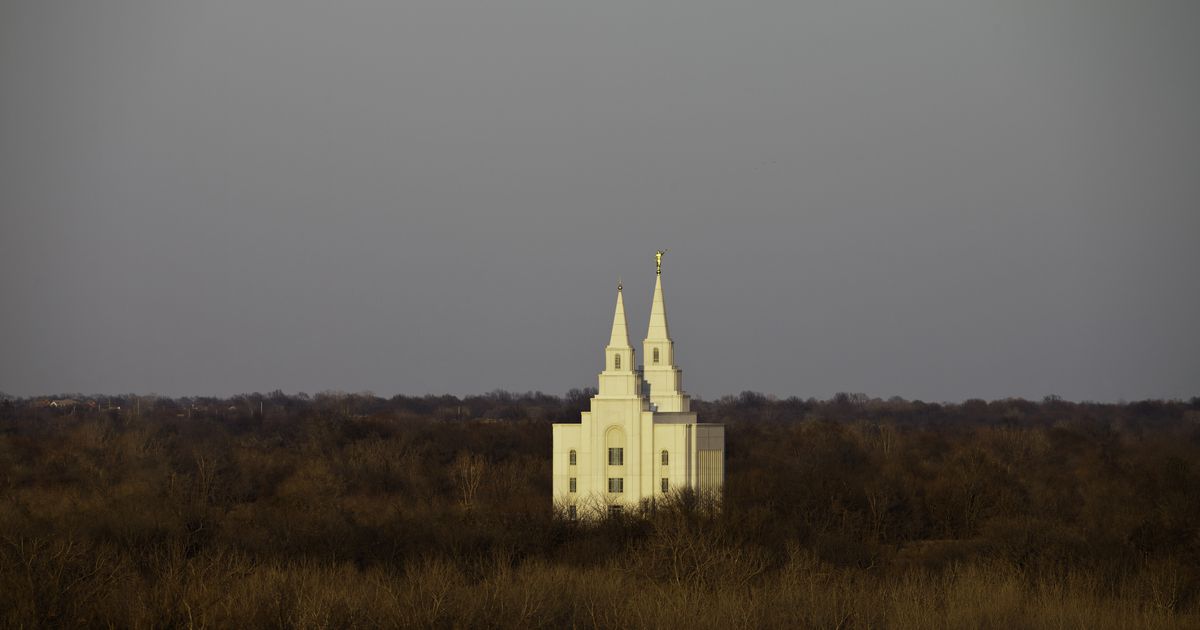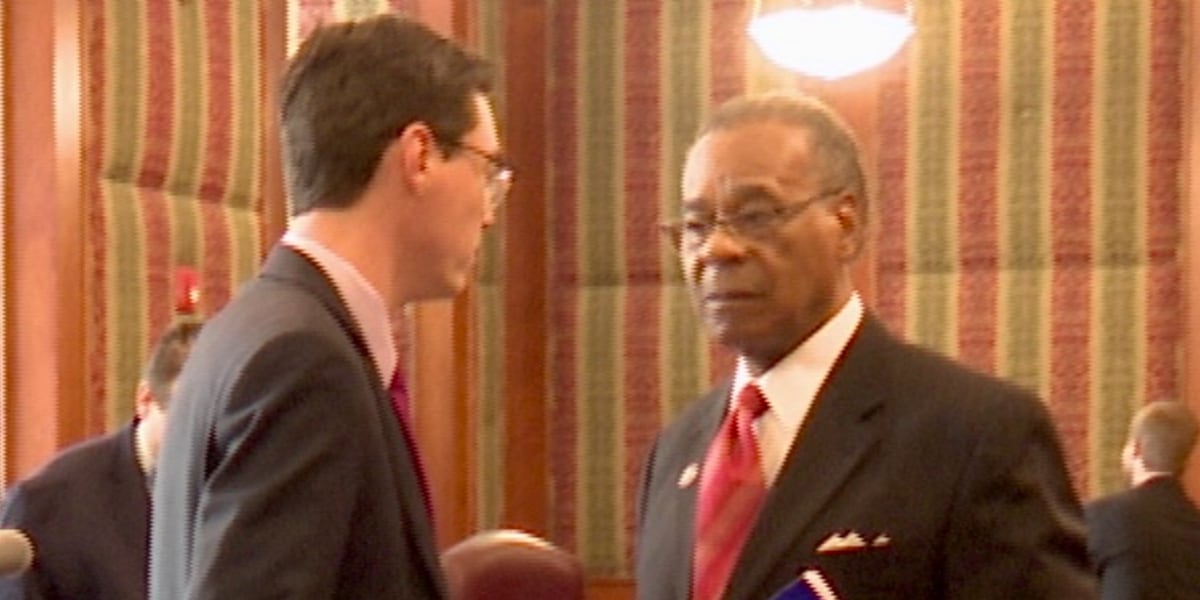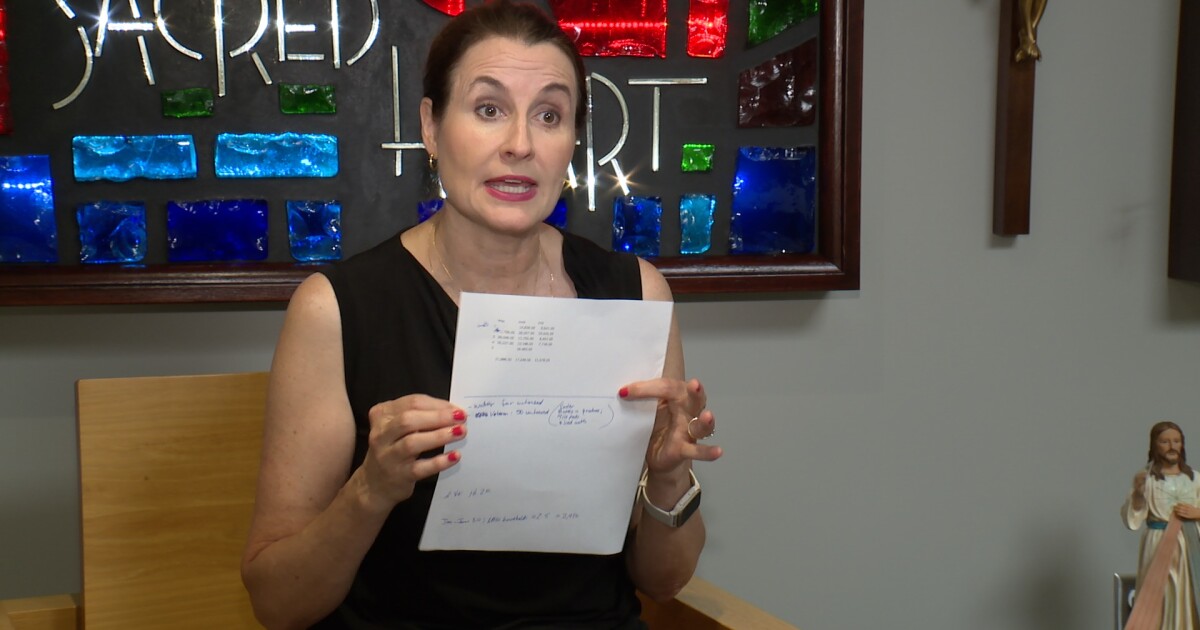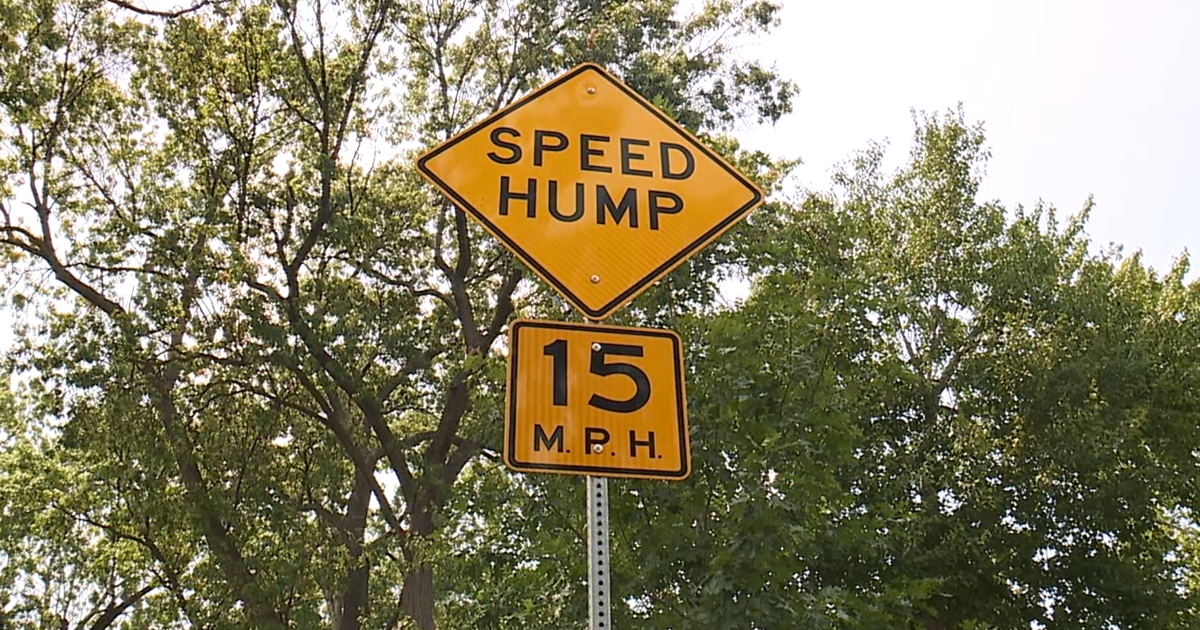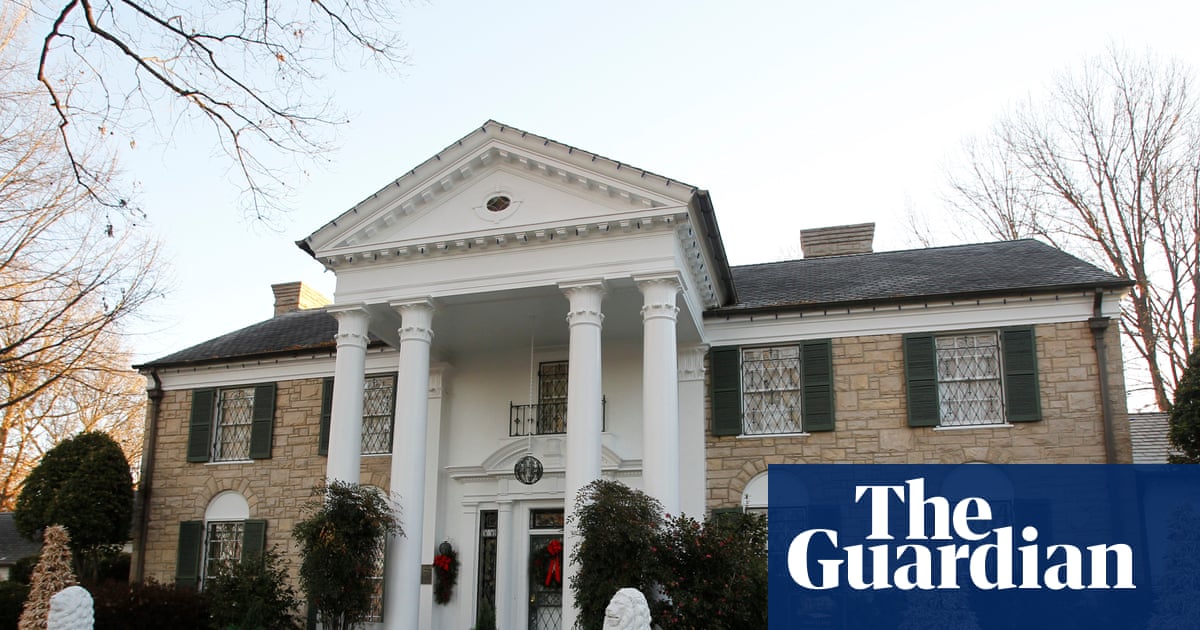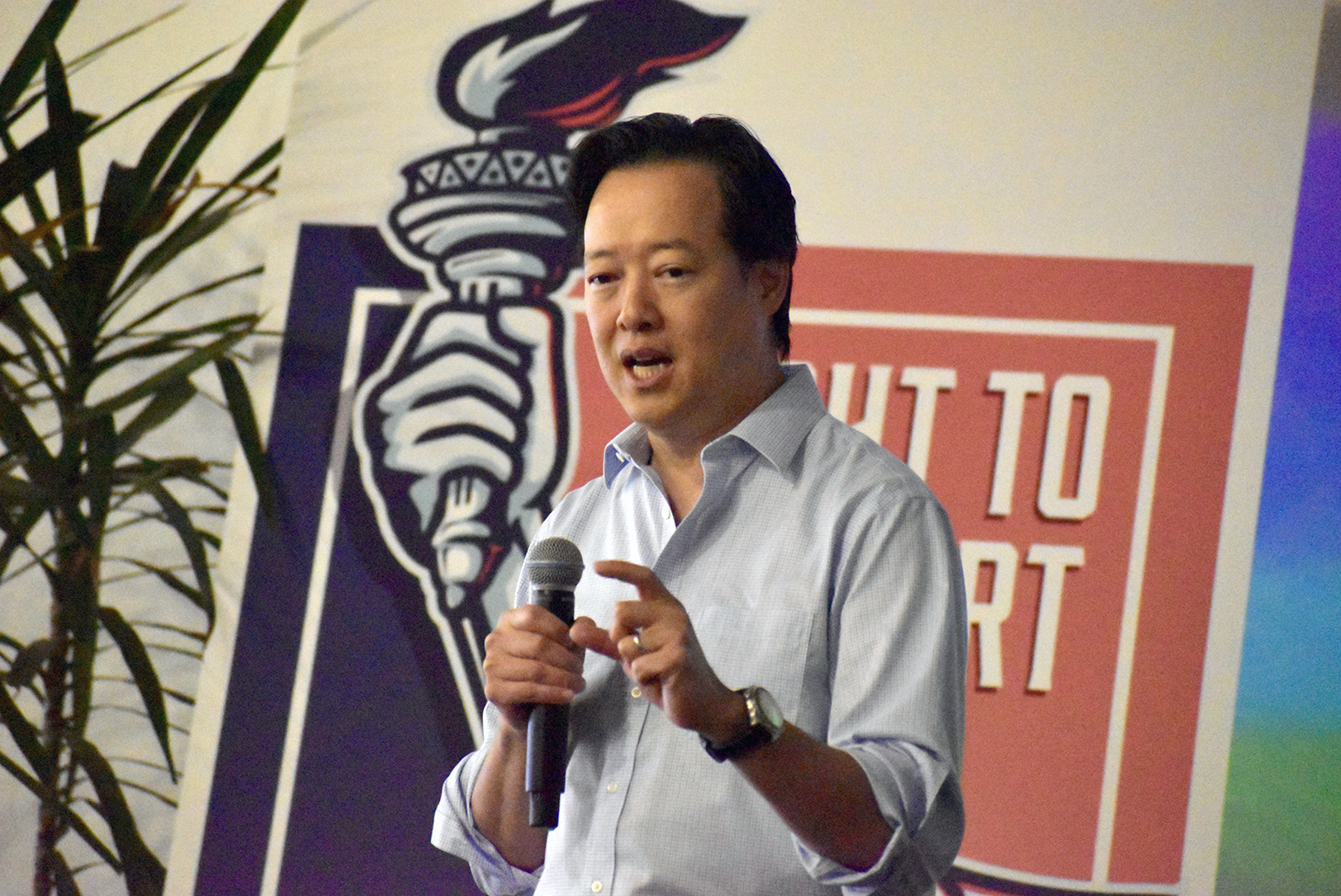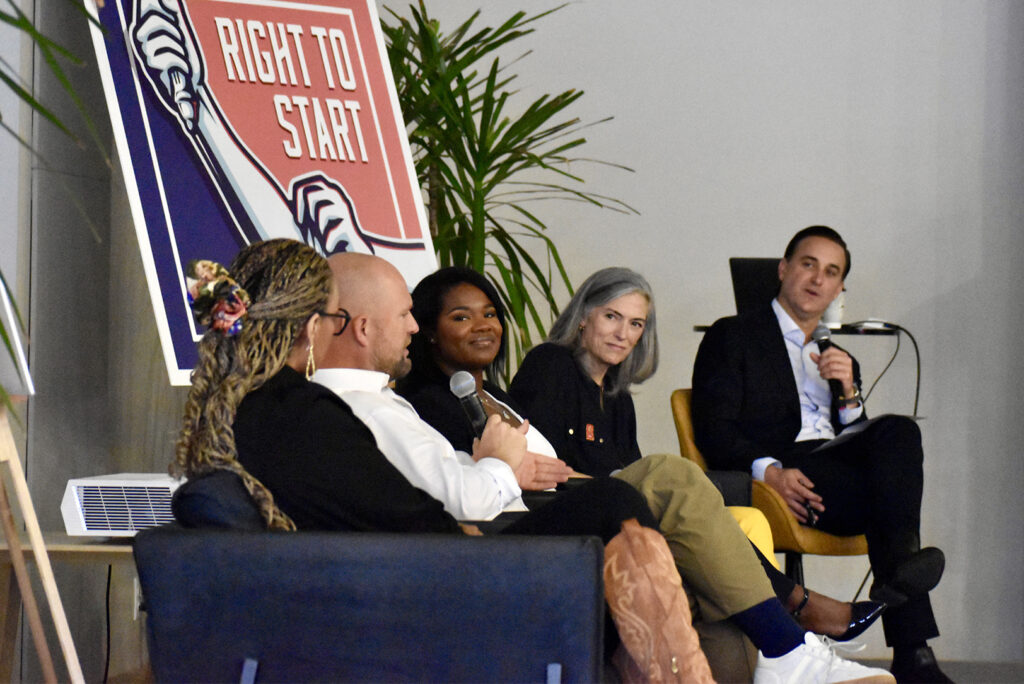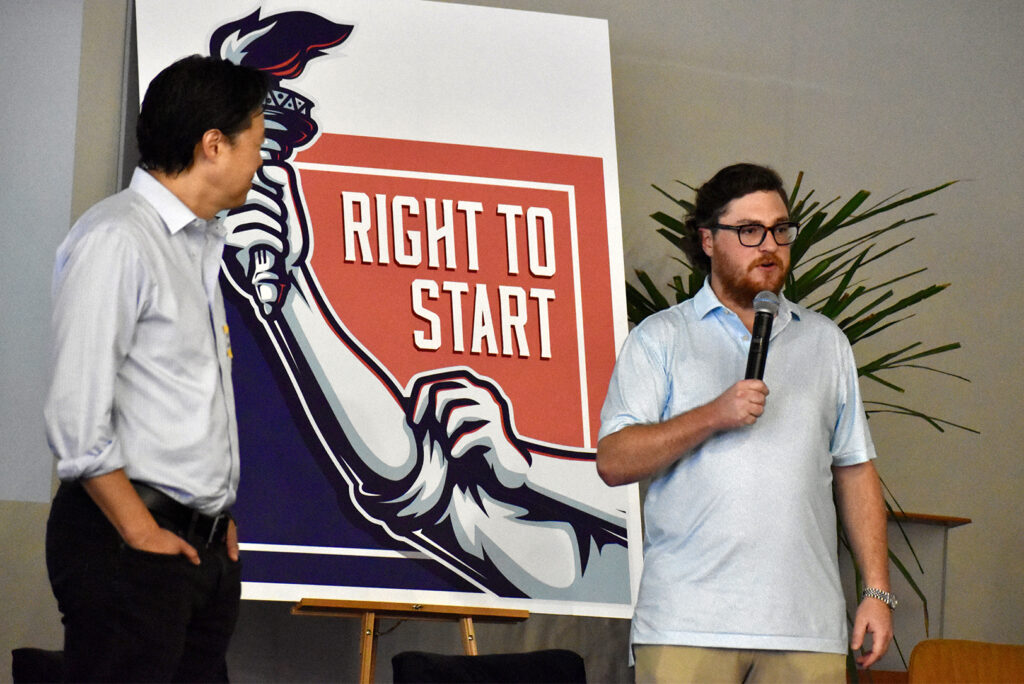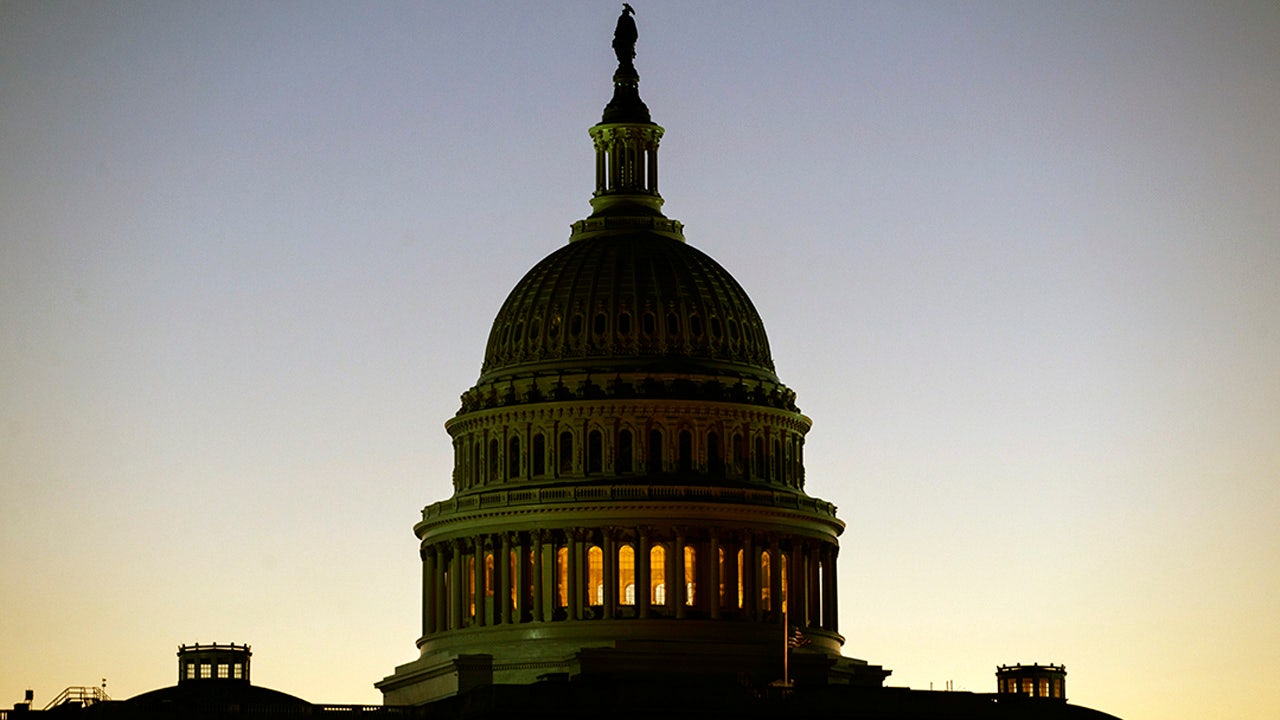For the second time in less than a month, The Church of Jesus Christ of Latter-day Saints has put a large chunk of prime real estate up for sale in Missouri, a state of great historical and, many members believe, future significance for the Utah-based faith.
The latest listing includes 533 acres of vacant land in a fast-growing Kansas City suburb, according to the listing agent, which describes it as a multibillion-dollar development spread across 18 individual tracts in Clay County.
The posting comes mere weeks after news spread of the church putting more than 1,800 acres up for grabs in Lee’s Summit, a city of 103,000 straddling Jackson and Cass counties. Municipal officials applauded that decision to sell the property, according to Kansas City’s WDAF-TV. saying the wildland will serve as a shot of adrenaline to the economy upon development.
The combined nearly 3,000 acres from the two listings represent a small fraction of the church’s real estate portfolio in Missouri, however, including in Lee’s Summit.
Even so, the news is likely to raise eyebrows among Latter-day Saint faithful who believe God will one day call on members to return to Jackson County in preparation for the Second Coming of Jesus.
Why sell and why now?
A spokesperson for Property Reserve, a principal real estate arm of the church, cited “market opportunities” and a “look to the long term” as the main drivers behind the latest listings.
“In selling land we own in the greater Kansas City area,” communications director Dale Bills said, “we are responding to both local government planning, as well as interest from developers in the market.”
He continued: “For example, we have worked closely with officials in Lee’s Summit since 2019 to ensure that development of Property Reserve land there proceeds in alignment with city plans for healthy community growth, including providing essential services such as utilities, school transportation and public safety.”
David Slater, executive director of the Clay County Economic Development Council, said he is “excited” to work with the church’s real estate officials in developing the parcels in the Kansas City area.
“The tracts of land at the intersection of Highway 152 and Interstate 435,” Slater wrote in an email, “can be a game changer for the entire metro [area].”
What the church owns in Missouri
(Image courtesy of The Church of Jesus Christ of Latter-day Saints) Church founder Joseph Smith envisioned a Zion emerging in Independence, Mo.
Property records reveal extensive Missouri landholdings by the church, much of it located near sites tied to the faith’s history.
A 2019 pre-pandemic snapshot showed nearly 22,571 acres owned in the Midwestern state by the church or its land management affiliates such as Property Reserve, Suburban Land Reserve and Farmland Reserve.
Almost 60% of that land falls within five western Missouri counties centered around Independence, Lee’s Summit and Liberty as well as in the state’s two largest cities, Kansas City and St. Louis, which is located in eastern Missouri.
That same data shows the church’s holdings statewide were worth about $69 million in total market value in 2019, though nearly $42 million was pegged to religious properties.
The records — drawn from a database obtained in 2020 and released two years later by the Truth & Transparency Foundation (formerly known as MormonLeaks) and published in The Salt Lake Tribune — detail a nearly 16,000-parcel collection of 1.7 million acres held by identified church firms.
Its biggest tracts in Missouri, perhaps not surprisingly, are in Jackson County on the Kansas border, with Independence as its county seat. The faith has more than 10,000 acres countywide, with 5,920 acres held in and around Independence’s city limits.
Second is the nearly 6,400 acres in Clay County, site of the city of Liberty and its jail, where church founder Joseph Smith was held at one point.
Records show nearly 20,000 acres of church land in Missouri is agricultural, with notably large contiguous parcels of farmland northwest of Independence along the Missouri River.
Missouri, a past and future Zion
(The Church of Jesus Christ of Latter-day Saints) Partial reconstruction of the Liberty Jail in Missouri, where the faith’s founder, Joseph Smith, was held for more than four months. The church is selling more than 1,800 acres in nearby Lee’s Summit and another 500-plus acres in the Kansas City area.
For most Americans, Missouri represents the epitome of flyover country. Even its most recognizable feature, the iconic Gateway Arch, reveals a self-awareness that its role in the story of the United States has always been a supporting one — a launching pad for those seeking the glittering, gold-filled West.
Not so for Latter-day Saints. All around the world, believers recount the revelations and struggles their spiritual foremothers and forefathers experienced during their brief and fraught stay there in the 1830s. First in Jackson and later in Clay, Caldwell and Daviess counties, the fledgling faith tried and failed to gain a foothold, its ambitions of creating a Zion community constantly crashing against the distrust of wary locals.
The group eventually bowed out of the Show Me State — but not, they believed, for good. In an 1831 revelation still read by Latter-day Saints, God promised church founder Joseph Smith that one day the righteous would be instructed to gather once more in Jackson County and, in particular, Independence, where together they would weather the turbulent last days before Jesus’ return.
R. Jean Addams, an independent scholar who has published extensively on the role of Missouri in the Latter-day Saint tradition, said Jackson County “is sacrosanct” for members. True, top church leaders have largely abandoned the topic of a literal gathering in Missouri in their public addresses (former apostle Marion G. Romney may have been the last to do so explicitly in General Conference, which he did in 1966). Nevertheless, Addams said it very much remains “a tenet of the church … even if it’s not talked about.”
Visit Sunday services at any Latter-day Saint congregation in the area and the region’s outsized role in the faith becomes obvious, Addams said. Meeting attendance has swelled there through the years he has returned, with newcomers coming from as far as Tonga and Samoa.
“They want to be there,” he said, “when it’s all wrapped up.”
The church has temples in Kansas City and St. Louis, with plans for a third, in Springfield. But many members are awaiting that long-promised temple in Independence, where Joseph Smith dedicated a site to greet the returning Lord.
Editor’s note • This story is available to Salt Lake Tribune subscribers only. Thank you for supporting local journalism.

